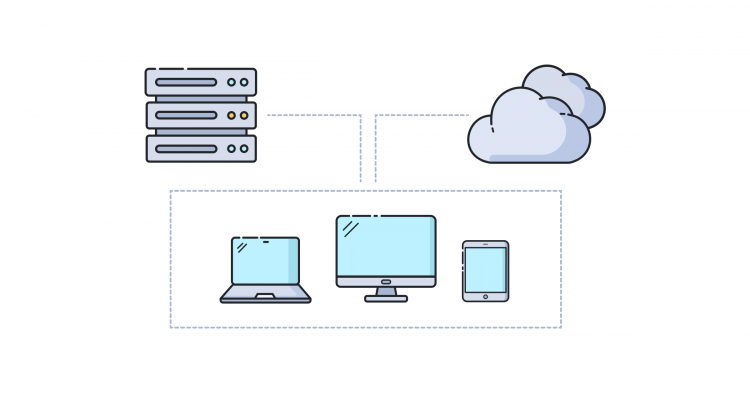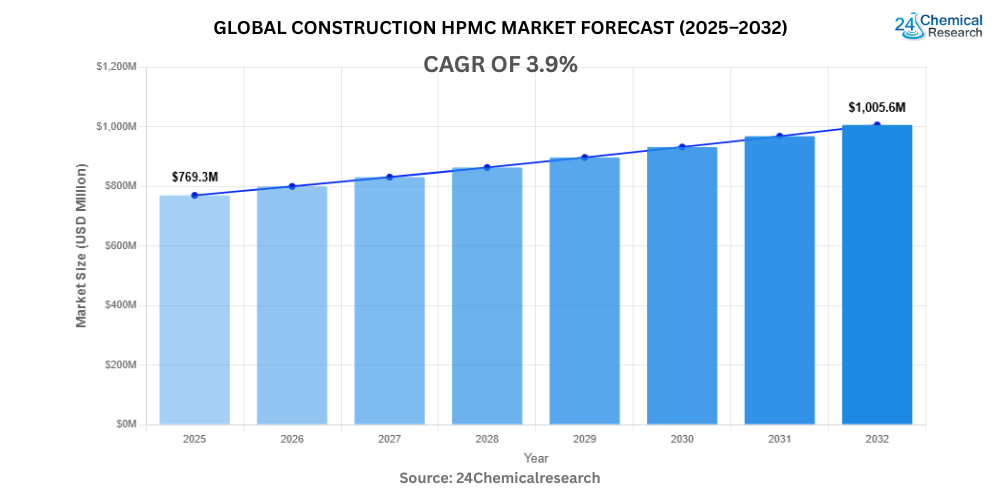Deconstructing the Diverse Virtual Desktop Infrastructure (VDI) Market Segmentation

To fully comprehend the market's intricate structure, a detailed deconstruction of the Virtual Desktop Infrastructure (VDI) Market Segmentation is essential, starting with its segmentation by deployment model. This is the most fundamental distinction, dividing the market into on-premise and cloud-based solutions. The on-premise segment is the traditional model, where an organization builds and manages the entire VDI stack within its own data centers. This model offers the maximum control over security and performance and is still preferred by organizations in highly regulated industries or those with specific data sovereignty requirements. However, the cloud-based segment, often referred to as Desktop-as-a-Service (DaaS), is the largest, fastest-growing, and most important part of the market. In this model, the virtual desktops are hosted on a public cloud provider's infrastructure (like AWS, Azure, or Google Cloud), and the VDI management plane is delivered as a service. This model has democratized VDI, making it accessible and affordable for businesses of all sizes, and is the primary driver of the market's current expansion. A third, hybrid model, which combines on-premise and cloud deployments, is also a significant segment, offering a flexible migration path to the cloud.
Another crucial axis of segmentation is by the type of VDI model, which primarily distinguishes between persistent and non-persistent desktops. A persistent VDI is a one-to-one model where each user is assigned a dedicated virtual desktop that they can customize and that retains all their settings and data between sessions, much like a traditional physical PC. This model is ideal for knowledge workers and developers who require a personalized environment. In contrast, a non-persistent VDI is a one-to-many model where users are assigned a generic, stateless desktop from a pool of identical virtual machines each time they log in. When the user logs out, the desktop is wiped clean and returned to the pool. This model is highly efficient from a management and storage perspective and is ideal for task workers in environments like call centers or classrooms, where personalization is not required. The choice between these two models is a critical design decision that depends on the specific needs of the user base.
Finally, segmenting the market by end-user industry vertical and by organization size provides the most practical and strategic view of the market's application and customer base. The market sees strong adoption across a wide range of verticals. The Healthcare industry is a major adopter, using VDI to provide secure, "follow-me" access to electronic health records for clinicians moving between patient rooms. The Financial Services sector leverages VDI for its strong security and compliance capabilities. The Education sector uses non-persistent VDI to provide students with access to standardized learning environments in computer labs. The segmentation by organization size is also critical. Large enterprises are the traditional customers, with complex, large-scale deployments. However, the Small and Medium-sized Business (SMB) segment is now the fastest-growing part of the market, driven by the accessibility of cloud-based DaaS solutions. Understanding the unique security, compliance, performance, and cost requirements of these different verticals and organization sizes is essential for vendors to tailor their solutions and effectively compete in this diverse and dynamic market.
Sponsor
Sponsor
Categorii
- AI
- Stil
- Fashion and Art
- Investment and Finance
- Top 10
- Christianity
- Climate and Enviroment
- Writing and Film
- Fitness
- Food
- Jocuri
- Gardening
- Health
- Home and Interiors
- Marketing and Sales
- Music
- Making Money Online
- Others
- Books
- Religion
- Ecommerce
- Sports
- Cars
- Wellness
- Tech Gadgets
- Events
- Governments and Nations
- Science and Engineering
- Real Estate
- Travel, Tourism and Hospitality
- Educaţie
- Startups
- Beauty and Cosmetics
- Agriculture
- Computer Operating Systems
- Crypto
- Politics and News
- Video Review
- Immigration
Citeste mai mult
Executive Summary High Heat Foam Market Size, Share, and Competitive Landscape Global high heat foam market was valued at USD 11.37 billion in 2021 and is expected to reach USD 20.04 billion by 2029, registering a CAGR of 7.34% during the forecast period of 2022-2029. This High Heat Foam Market report has been generated by keeping in mind all the requirements of the businesses...

The global inverted pouches market size was valued at USD 14.16 billion in 2024 and is expected to reach USD 26.40 billion by 2032, at a CAGR of 8.1% during the forecast period. The global business landscape is undergoing a transformation, with industries increasingly leaning on deep research and actionable insights to make strategic decisions. One segment seeing...

Global Construction HPMC market size was valued at USD 769.3 million in 2024. The market is projected to grow from USD 795.2 million in 2025 to USD 1.04 billion by 2032, exhibiting a CAGR of 3.9% during the forecast period. This organic polymer has become indispensable in modern construction due to its unique water retention and binding properties that enhance mortar performance while...

Résumé du marché des appareils photo numériques : taille et part de marché dans les principaux segments La taille du marché mondial des appareils photo numériques était réalisée à 8,92 milliards USD en 2024 et devrait atteindre 12,40 milliards USD d'ici 2032, avec un TCAC de 4,21 % au cours de la...

Global Foam Pump Bottles Market continues to demonstrate strong growth, with its valuation reaching USD 842.3 million in 2024. According to the latest industry analysis, the market is projected to grow at a CAGR of 6.7%, reaching approximately USD 1.32 billion by 2032. This expansion is primarily fueled by increasing demand from personal care, pharmaceutical, and...


